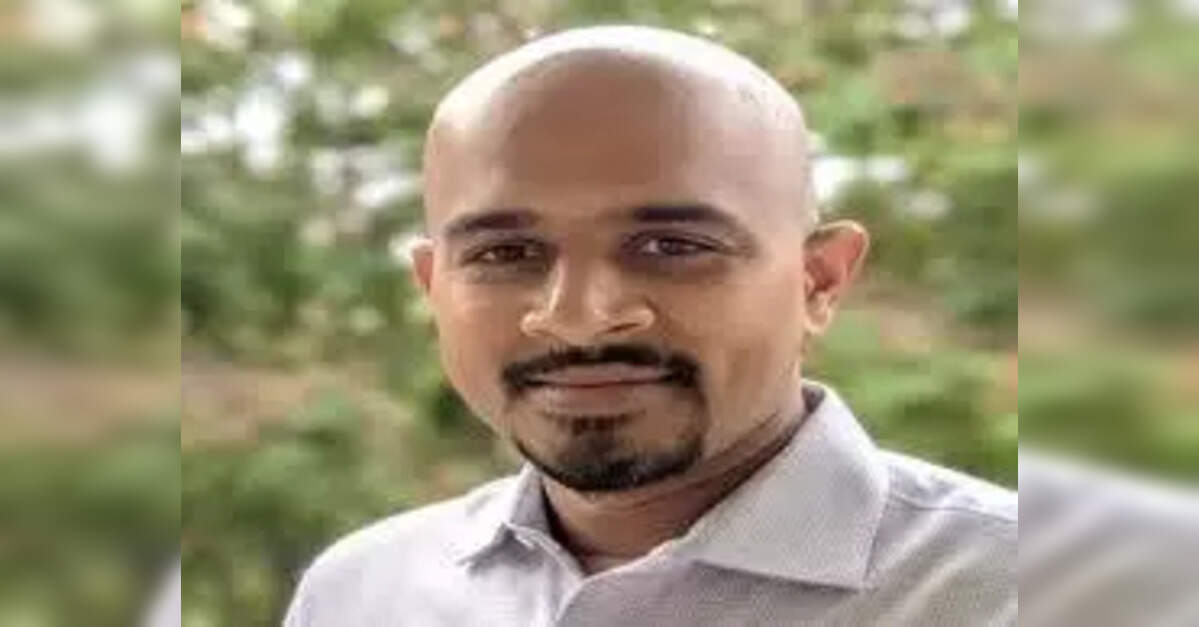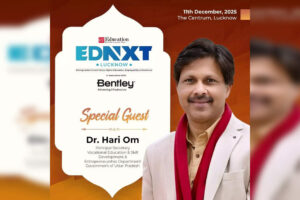
Preparing for the AI Revolution, ETEducation

India’s higher education system is at a major turning point. The focus for many years was to expand accessibility and build more institutions so every young person could pursue a degree. Today, the world around us has changed so fast that this approach alone is no longer enough. The next decade will determine whether India becomes a global talent leader or struggles to catch up.
AI is redefining skills, jobs, and learning expectations
Artificial Intelligence is the biggest force driving this shift. Whether it is healthcare, financial services, supply chains, or marketing – every sector is being reshaped by automation and AI-driven decision-making. A NASSCOM estimate suggests that nearly 70% of roles in India will undergo significant change in the coming years due to AI. Employers no longer want graduates who simply know theory; they want people who can analyse data, think creatively, and solve real problems by working across disciplines. Students themselves are aware of this. They want their education to be relevant, hands-on, and connected to the real world.
The question is: Are our higher education institutions ready for this? We still see outdated teaching methods that focus on memorising notes for exams. Many universities are slow to update curricula because change requires both investment and a mindset shift. Faculty members, who are the backbone of the system, often do not get enough opportunities to learn and work with new technologies that their students must master. For India to stay competitive, every programme – whether in management, humanities, engineering, or design – needs to integrate technology and critical thinking as core skills.India’s AI ambition needs far greater investment
This is where the government’s role becomes central. While India has declared ambitions of being at the forefront of AI development, we currently invest only a fraction of what leading nations are putting into AI. According to public investment estimates, the United States invested more than USD 200 billion in AI last year, China crossed USD 95 billion, and the European Union continues to commit over EUR 20 billion annually. India, by comparison, has publicly allocated roughly USD 1 billion so far. For the world’s youngest talent pool and a digital-first economy, this level of investment will simply not match our aspirations. India cannot afford to just be a consumer of AI built elsewhere – we must become developers and global contributors.
If we want to lead the future of learning and work, we need bold decisions today. Universities and management institutes should have access to well-funded AI labs, especially in emerging cities and regions where talent often lacks exposure. Large industry partners can co-create research centres on campuses so students and faculty solve real-world problems instead of working in isolation. Government scholarships and incentives can motivate bright young minds to pursue advanced learning in areas like machine learning, cybersecurity, climate tech, and responsible AI. A national network that connects campuses, startups, and research organisations would help India move from being a market for technology to a creator of it.
A new model of higher education: Collaborative, innovative & student-centric
Students also expect a bigger voice in their learning. The new generation does not want to only sit in classrooms. They learn by doing – through internships, competitions, entrepreneurship, and online tools. They want education that adapts to them, not the other way around. Institutions that see students as partners in designing courses, projects, and ideas will be the ones they trust. Many educators now say that students are no longer looking for ready-made answers. They want room to explore, experiment, and discover solutions on their own.
The role of teachers must evolve too. They are no longer the only source of information – the internet has made knowledge accessible everywhere. What teachers now bring is experience, mentorship, and the ability to guide students in making sense of what they learn. To do this well, faculty development needs serious investment. Professors should be encouraged to work with industry, experiment with new teaching models, and contribute to applied research that impacts society. However fancy a campus may be, we cannot have world-class education without world-class educators.
India already has scale. With more than a thousand universities and nearly 40 million students enrolled in higher education, we are one of the largest systems in the world. But scale does not guarantee quality. To build a global reputation, we need institutions that produce research and talent the world looks up to, not just degrees the world questions. Our management schools in particular have an opportunity to set the tone. As India becomes one of the fastest-growing major economies, the world will look to our business leaders to balance growth with sustainability, technology with humanity, and profit with social progress.
The next decade is a defining opportunity
The path forward will require courage from everyone involved – educators willing to try new ideas, policymakers ready to commit for the long term, and industry leaders who see partnership with academia as a national priority rather than a CSR activity. India has the talent, the youth, and the ambition. What we need now is speed, scale, and a shared sense of purpose.
The next decade is our chance to reshape the future of learning for an entire generation. If we act with vision and urgency, India can become the engine of skilled, ethical, AI-ready leadership for the world. We owe it to our young people to get this right – because their future will define India’s place on the global stage.
Gautam Lakhamraju is the Chief Operating Officer – Great Lakes Institute of Management.
DISCLAIMER: The views expressed are solely of the author and ETEDUCATION does not necessarily subscribe to it. ETEDUCATION will not be responsible for any damage caused to any person or organisation directly or indirectly.
Source link




